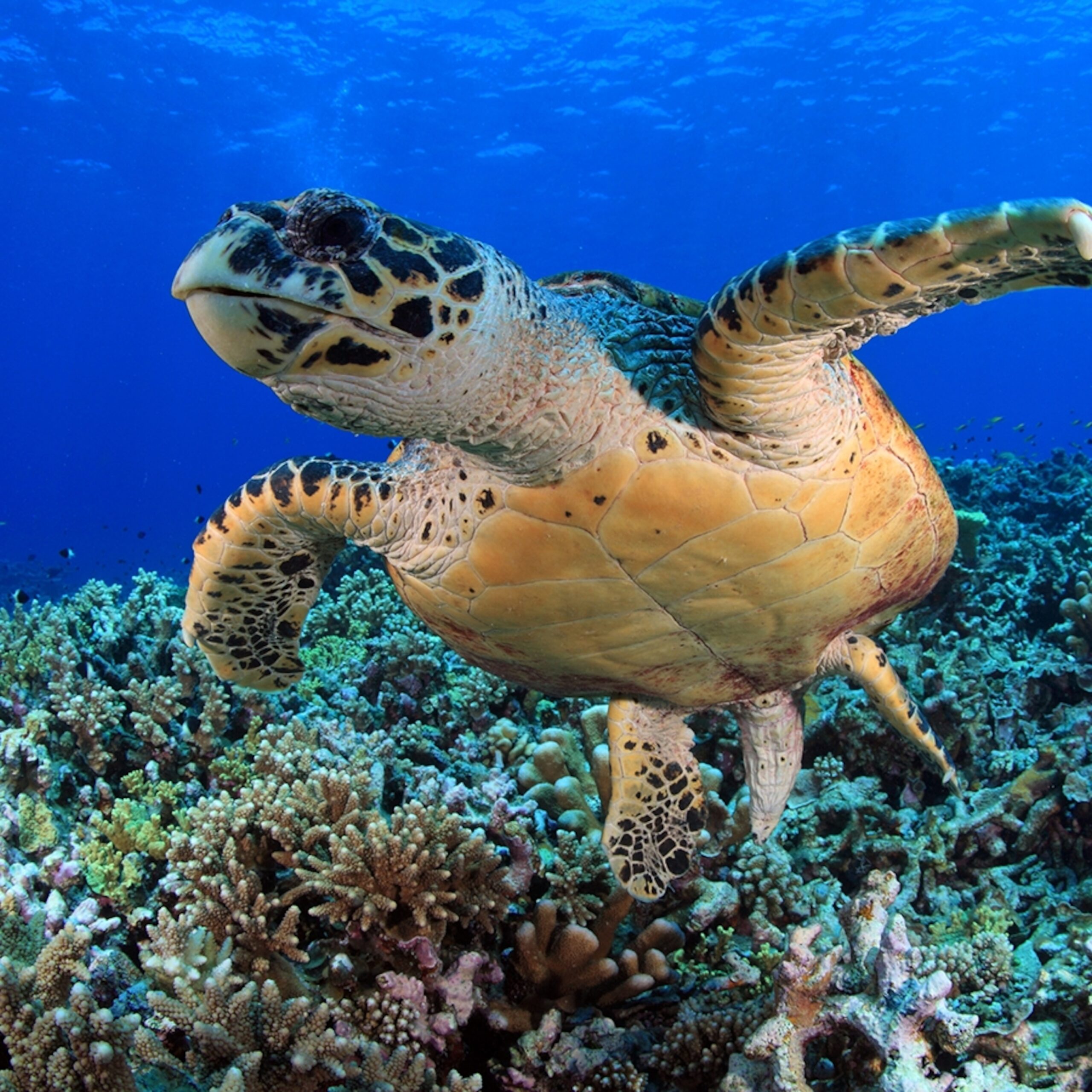The Aquatic Nomads: The Fascinating Migrations of Sea Turtles
Introduction
Sea turtles, the ancient mariners of the ocean, have captivated the human imagination for centuries. These incredible creatures, with their majestic movements through the vast expanse of the sea, are true wanderers of the aquatic realm. In this article, we delve into the mesmerizing world of sea turtle migrations, exploring the reasons behind their journeys and the challenges they face. From the sandy shores where they lay their eggs to the open sea that becomes their home, the life of a sea turtle is a remarkable tale of resilience and survival.
Birth on the Beach: The Start of a Journey
The life cycle of a sea turtle begins on the sandy shores where they hatch from their eggs. This initial stage is critical for their survival, as it sets the tone for the incredible journey that lies ahead. The hatchlings, guided by an instinct as ancient as time, make their way to the ocean shortly after emerging from their nests. The beach, once a sanctuary, transforms into a perilous obstacle course, where these tiny creatures must navigate through sand, debris, and sometimes predators.
Navigating the Vast Blue: The Open Sea Odyssey
Once in the ocean, sea turtles embark on an odyssey that spans thousands of miles. Their migrations are nothing short of awe-inspiring, with some species traveling across entire ocean basins. The reasons behind these epic journeys are diverse, ranging from finding food to reaching nesting grounds. One of the most astonishing aspects is the precision with which sea turtles navigate, using a mysterious combination of Earth’s magnetic field, celestial cues, and an innate sense of navigation.
Feeding Grounds and Feats of Endurance: A Gastronomic Sojourn
Sea turtles are not just nomads; they are also skilled foragers. Some species, like the loggerhead turtle, travel vast distances in search of prime feeding grounds. These locations are rich in the prey they favor, such as jellyfish, crustaceans, and various types of mollusks. The sea turtle’s ability to cover extensive distances while sustaining itself on a diverse diet showcases the remarkable adaptability of these ancient creatures.
Challenges on the Journey: From Predators to Plastic
While sea turtles are resilient, their journeys are fraught with challenges. Natural predators, such as sharks and large fish, pose a constant threat, especially to the hatchlings. However, in recent times, anthropogenic factors have become increasingly perilous. Plastic pollution, climate change, and coastal development have taken a toll on the habitats crucial for sea turtle survival. Conservation efforts become paramount to ensure the continued existence of these nomads of the sea.
Frequently Asked Questions (FAQs)
1. Why do sea turtles migrate such long distances?
Sea turtles migrate for various reasons, including finding suitable nesting grounds, accessing prime feeding areas, and evading predators. Their journeys are essential for their survival and contribute to the balance of marine ecosystems.
2. How do sea turtles navigate during their migrations?
Sea turtles employ a combination of methods for navigation, including sensing Earth’s magnetic field, following celestial cues, and relying on their innate sense of direction. The precision with which they navigate across vast oceans remains a fascinating subject for scientific study.
3. What are the main threats to sea turtles during their migrations?
Sea turtles face threats from natural predators, but

